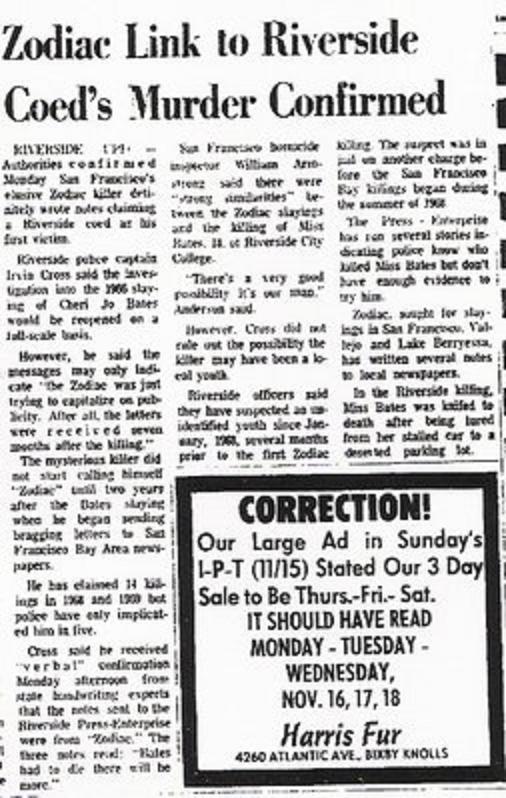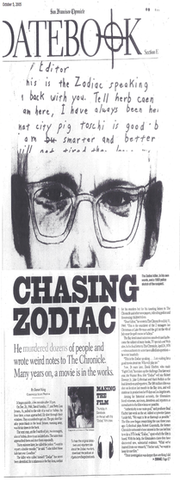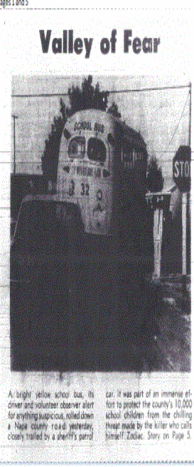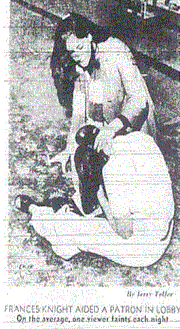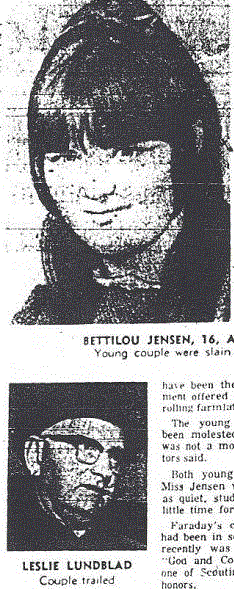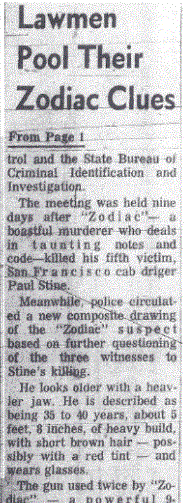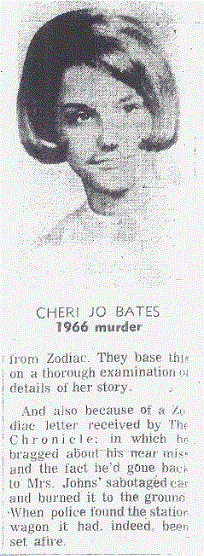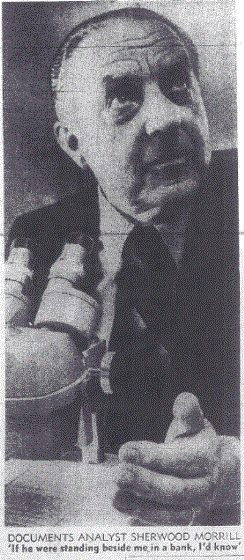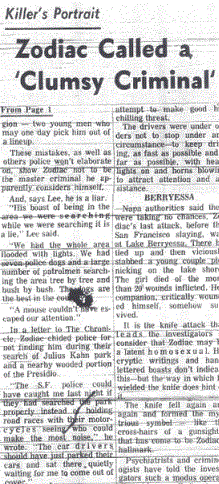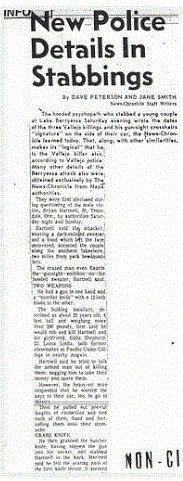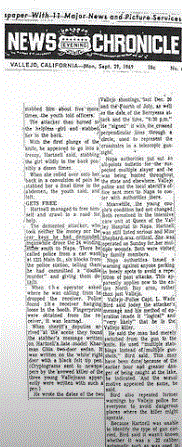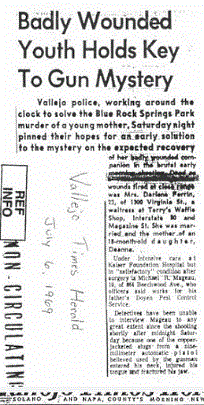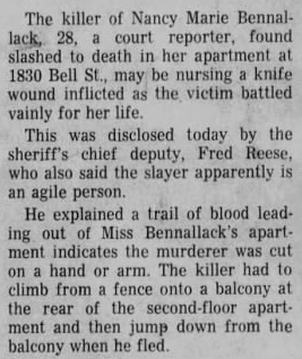
The murder of 28-year-old court reporter Nancy Bennallack on October 25/26th 1970 was recently solved using genetic genealogy, identifying Richard John Davis who lived in the same apartment complex, as her killer. Stabbed more than 30 times and nearly decapitated, it is a reasonable assumption that Davis realized Nancy Bennallack's fiance had left her apartment that night at 11:30pm and noticed that she had left her second story balcony window open, which he accessed by scaling from beneath. Genetic genealogy was only possible in this case because investigators realized that a trail of blood from Nancy Bennallack's apartment to the parking lot, where it ended, had a strong possibility of being secreted by her murderer. A similar trail of blood was mentioned by investigators in the case of Cheri Jo Bates, that bridged the body and Terracina Drive in Riverside, and was noticed by responding officers on October 31st 1966. A blood trail distance of approximately 100 feet, unlikely to have been deposited by a dripping knife measuring 3 1/2 inches long and half an inch wide. The blood typing of Cheri Jo Bates detailed at autopsy of AB RhD positive is rare, accounting for only 3.4% of the American population. If this blood trail had been sampled and tested (as it should have been), then not only would it have been easy to determine whether the blood was shed by the killer or Cheri Jo Bates but we would have ample material (if stored correctly) to apply genetic genealogy to this case as well.
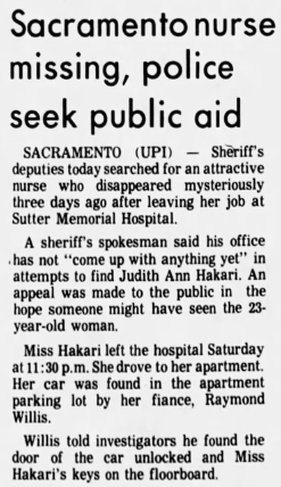
On March 7th 1970, Judith Hakari (23) left her job at the Sutter Memorial Hospital at 11;30pm, likely arriving in her Mercury Cougar at the parking lot of the Markston apartments at 11:45pm, from where she was immediately abducted. This may be the same time that Richard John Davis began his attack on Nancy Bennallack, shortly after her fiance left the second floor apartment on October 25th 1970. The walk for Judith Hakari from her vehicle to the door of her Markston Road apartment was a matter of seconds, so the likelihood of a random killer just happening upon the young 23-year-old in this small window of time is unlikely. This is further negated because her Mercury Cougar interior was scattered with torn strips of Cannon-brand towel, strongly suggestive of an abduction with premeditation and a second vehicle.
The idea that a pretty 23-year-old nurse traveling to and from Sutter Memorial Hospital at set times could become the target of a pre-planned abduction by a perpetrator or perpetrators, who ruminated in the days or weeks before the abduction, is not without merit. One individual (or multiple) fixating on Judith Hakari, just like Richard John Davis may have done in the case of Nancy Bennallack is a reasonable hypothesis. His original intention could have been the abduction (and possibly torture) of Nancy Bennallack before something changed the dynamics of that crime (possibly his injury). The fact that his blood trail ceased in the parking lot and not his front door, could suggest a vehicle was waiting in the parking lot of the Tahitian apartment compex, with or without accomplices. It is perfectly conceivable that the actions and agressive resistance of Nancy Bennallack prevented her from being abducted to a second location, that ultimately befell Judith Hakari several months earlier.
PART ONE





 RSS Feed
RSS Feed





